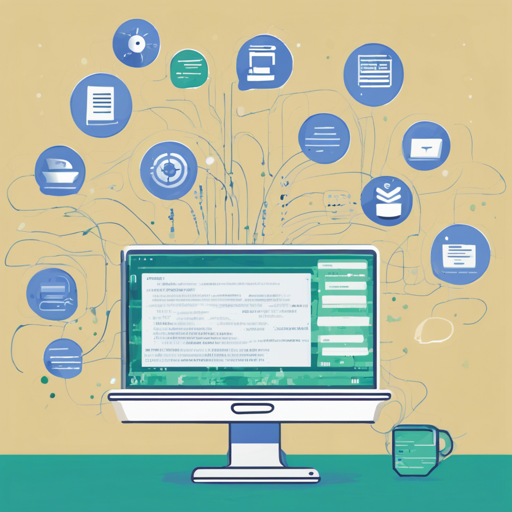Welcome to the exciting world of natural language processing (NLP) with CoreNLP! Whether you’re a seasoned programmer or just dipping your toes into the realm of language processing, CoreNLP offers a plethora of tools to extract invaluable insights from text data. In this article, we will guide you through the essentials of getting started with CoreNLP and how to harness its capabilities.
What is Core NLP?
CoreNLP is like a linguistic Swiss Army knife for Java developers, offering a comprehensive toolkit to extract linguistic annotations from text. This includes:
- Tokenization: Splitting text into words and sentences.
- Parts of Speech (POS) tagging: Identifying the grammatical category of each word.
- Named Entity Recognition (NER): Detecting entities like names, locations, and organizations.
- Dependency and Constituency Parsing: Analyzing grammatical structure.
- Coreference Resolution: Understanding which nouns refer to the same entity.
- Sentiment Analysis: Evaluating the sentiment expressed in a text.
- Quote Attribution and Relations: Identifying quoted speech and relationships between entities.
How to Set Up CoreNLP
To use CoreNLP, follow these simple steps:
- Download the CoreNLP package from the official website.
- Unzip the downloaded file to your desired location.
- Open your Java IDE and include CoreNLP in your project’s dependencies.
- Write a Java program that initializes the CoreNLP pipeline.
- Run your program and observe the powerful insights you can draw from text!
Explaining CoreNLP Code: An Analogy
When working with CoreNLP, think of the text data as a delicious recipe. Just like a good chef needs different tools to prepare a meal, CoreNLP provides various methods to process and analyze text. The initial setup of the pipeline is comparable to gathering your ingredients. Each component of the pipeline (like tokenization, POS tagging, etc.) is like a specific kitchen tool (a knife, a pot, etc.) designed to perform a particular task. Once you have everything in place, you can begin mixing, chopping, and cooking to produce your culinary masterpiece—in CoreNLP’s case, valuable linguistic insights!
Troubleshooting Common Issues
As with any programming endeavor, you might encounter a few bumps along the way. Here are some common troubleshooting tips:
- Problem: Unable to find CoreNLP classes in your IDE.
Solution: Ensure you’ve correctly added the CoreNLP jar files to your project’s build path. - Problem: Errors on running the pipeline.
Solution: Check if you’ve initialized the pipeline with the correct properties. Use the example configurations included in the documentation as a reference. - Problem: Slow processing times.
Solution: Consider optimizing the input size or breaking down large texts into smaller chunks for processing.
For more insights, updates, or to collaborate on AI development projects, stay connected with fxis.ai.
Conclusion
At fxis.ai, we believe that such advancements are crucial for the future of AI, as they enable more comprehensive and effective solutions. Our team is continually exploring new methodologies to push the envelope in artificial intelligence, ensuring that our clients benefit from the latest technological innovations.

